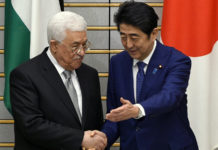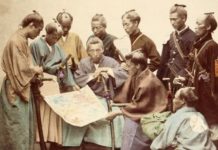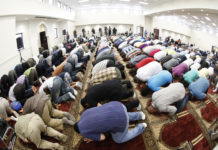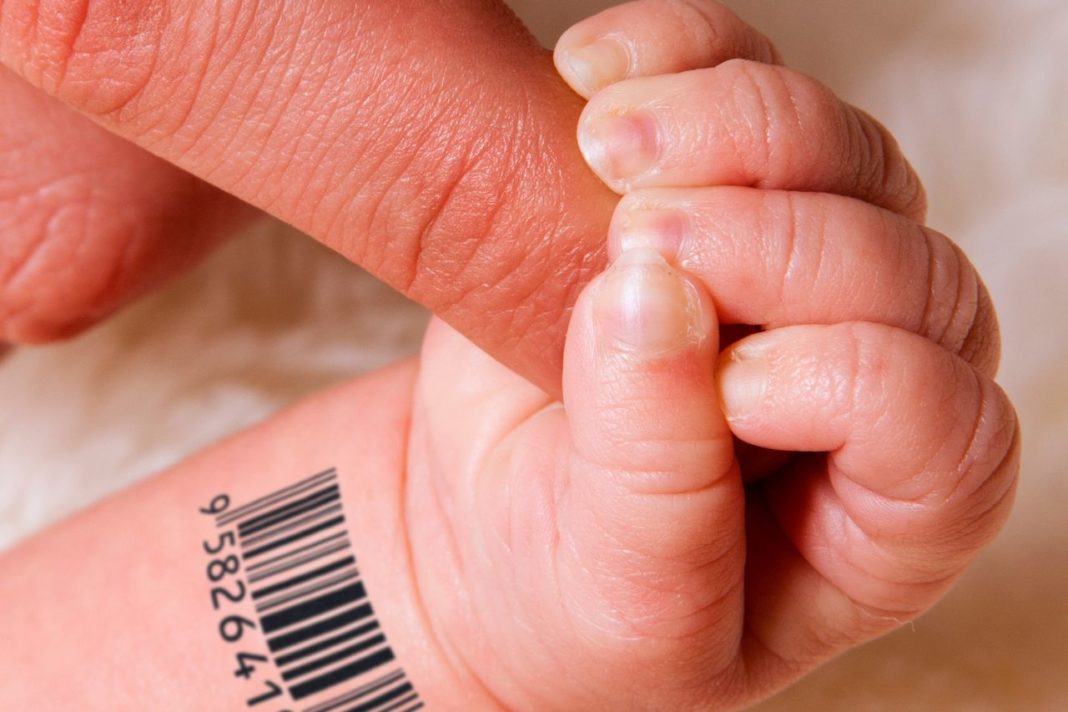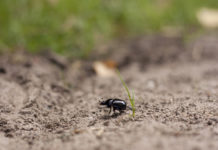CRISPR gene-editing controversy shows old ideas about East and West still prevail
Calvin Wai-Loon Ho, National University of Singapore
The debate that followed initial experiments using the CRISPR-Cas9 genome editing tool show that old stereotypes about Asia still resonate in the West.
CRISPR-Cas9 is a gene editing tool that was first demonstrated US and Swedish labs in 2012. Basically, it uses segments of bacterial DNA that can make targeted cuts in a genome when paired with a specific guide protein (in this case, Cas9).
The technique is relatively uncomplicated compared with previous genome editing tools, which have been studied by scientists for more than 50 years. If applied to the genome of human germline cells, which pass on genetic material to produce human embryos, CRISPR-Cas9 has – at least in theory – the capability to alter humanity as we understand it.
Once certain genes are introduced or removed in germline cells (also known as gametes), the changes are passed onto the next generation. Given its potential to be misapplied towards eugenic ends and related ethical concerns, scientists generally agree that genetic modification of human gametes and embryos should not be done for reproductive purposes.
But it was less clear if genome editing in a human embryo that could not be used for reproduction was ethically acceptable.
Confecting controversy
In the spring of 2015, Junjiu Huang and his research team at Sun Yat-sen University in Guangzhou, China, used CRISPR-Cas9 to edit the genome of non-viable human embryos. The publication of that study generated a huge amount of controversy, with an article in the New York Times claiming:
medical researchers in China are stepping over ethical boundaries long accepted in the West.
But such research could have also been possible in some Western countries, such as in the UK.
A recurring theme in such controversies is the concern that responsible conduct leads to loss of competitive advantage, when the same rules do not apply to everyone.
It’s often assumed that countries in Asia have an advantage in moving ahead rapidly with gene editing, stem cell research, cloning and other biotech fields because they don’t share the same religious or political views about the human embryo that prevail in Western countries.
This concern reached a high point for stem cell research when former US president George W Bush introduced a ban on federal funding for research involving newly created human embryonic stem cell lines.
Countries such as Germany and Italy also impose legal restrictions on research involving the human embryo. In Germany, memory of inhumane medical experiments carried out by the Nazi regime has led to a comprehensibly more conservative stance towards technologies that could be misapplied toward eugenic ends.

And Italy is opposed to such research due mainly to the religious belief that a human embryo should be treated as morally equivalent to a person. It’s less clear whether non-viable embryos, such as those used by Huang, would enjoy a similar moral status.
In contrast – and by implication – the research culture in non-Western countries is portrayed as a free-for-all. But such an appraisal is clearly misleading.
For a start, this view assumes that there is a substantial difference in standards between Western countries and their non-Western competitors. The Chinese research team were perceived to have succeeded in their scientific endeavour primarily because China was assumed to have little or no regulatory control over human embryo research.
It also adopts a blinkered view of the competitive landscape: scientific progress depends on far more than differences in the ethical and regulatory environments. Many other factors apply, ranging from social and economic systems, the availability of funding and institutional arrangements, and research networks and skills.
Finally, it fails to critically assess the limitations of its own reductionist perception. In his classic work Orientalism, Edward Said explained how the West had created a dichotomy between the Orient, as irrational, backward and culturally unsophisticated, and itself, as rational, advanced and culturally refined.
Said noted that this kind of blindness was just as much a part of the insights into how the “other” is understood, as it is of and in relation to the “self”.
Shared ethical standards
Contrary to what some initial media reports suggested, Huang’s study did not violate generally accepted international guidelines or even the regulatory requirements of scientifically advanced countries.
International law does not prohibit research on human embryos, although there’s a general consensus that all such research should be limited to within 14 days of embryonic development. The embryos are then to be destroyed.
Critically, only non-viable embryos (known technically as dispermic tripronuclear zygotes) were used in Huang’s research. These are embryos that would not be biologically capable of developing into an organism that looks anything like a human foetus.
For the purposes of the study, it was only necessary for the embryos to develop for about 48 hours (or to an eight-cell stage), before they were analysed to better understand the efficacy of the gene-editing technique under investigation.
Human embryo research is subject to ethical and regulatory controls in China, just as it is in Western countries. Indeed, apart from some procedural or workflow differences, the requirements that these controls give effect to don’t differ significantly from the requirements in international guidelines and in the regulatory provisions of countries that allow the research.
Chinese regulations impose informed consent and ethics review requirements, for instance, as well as prohibit the application of such research for any reproductive purposes. These are no different from regulatory requirements that apply in many Western European and North American countries.
The nature of competition
The relationships between science and its broader social or political environment is a complex one. It should not be surprising to find that the nature of competition differs significantly from one country to another.

Competition could be directed towards identifying problems that relate to the health and well-being of people, or it could be aimed at providing accurate and compelling information to promote better choices. In other words, competition could also lead to collaboration.
Where regimes of research governance are concerned, an even broader spectrum of approaches can exist. It is not especially insightful to speculate on scientific progress on the basis of one narrowly construed indicator which, in the context of this debate, is the stringency of ethical or regulatory control in the East versus the West.
Thankfully, baseless assumptions gave way to fair-minded engagement. In December 2015, the US National Academy of Sciences, US National Academy of Medicine, Chinese Academy of Sciences and the UK Royal Society organised an International Summit in Washington DC on the scientific developments in human gene editing, and related ethical and governance issues.
A statement released from the meeting proposes that gene editing of human eggs, sperms and embryos should be allowed, but only as research in the laboratory. Just as Huang’s research had done.
Gene editing tools, when better understood, could help prevent life-threatening and seriously debilitating conditions, and could help treat currently incurable conditions. Still, for the time being, gene editing is not to be applied in the clinic.
Since this meeting, scientists in the UK have successfully obtained regulatory approval to use CRISPR-Cas9 in healthy human embryos in order to better understand early embryo development. These genome-edited embryos will only be studied for up to seven days of development, after which they will be destroyed.
Excesses of Orientalism
There was rampant speculation in the media less than two decades ago that Western countries would lose out to their non-Western competitors in developing therapeutic cloning, a cornerstone technology in regenerative medicine.
Ironically, it was in Japan that a new scientific method (known as induced pluripotent stem cell technique) was developed to allow cloning without destroying a human embryo.
For a time, both after cloning and Huang’s CRISPR experiment, various Western media depicted non-Western societies in ways that were static and crude. This process of “othering” Asia, broadly referred to as Orientalism, is problematic for its reductionism and stereotyping.
Sadly, its excesses seem impossible to edit out of human history.![]()
Calvin Wai-Loon Ho, Assistant Professor of Bioethics, National University of Singapore. This article was originally published on The Conversation. Read the original article.



